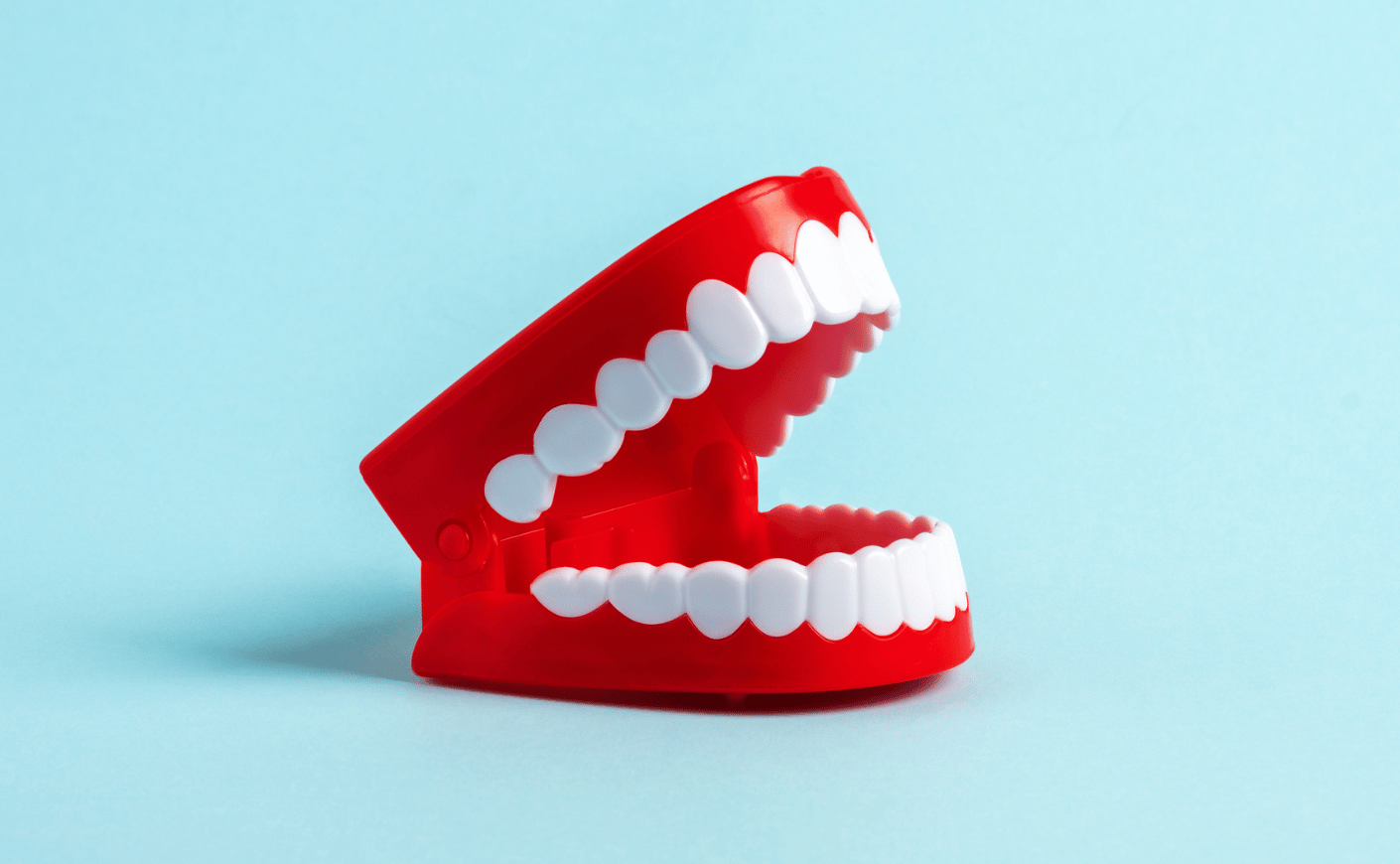When it comes to our daily hygiene routines, we often find ourselves questioning the little things — like how frequently we should shampoo our hair or which surfaces in our homes might be harboring hidden grime. And in honor of Dental Hygiene Month, we’re shining a light on an essential (yet often overlooked) aspect of our oral care: flossing.
Why is it so crucial for overall wellness, and are you *really* doing it right? To uncover the answers, we reached out to Kareen Wilson, a passionate registered dental hygienist. Wilson dives into the notorious “hard-to-reach areas” conundrum, shares expert techniques that many people overlook, and walks us through mastering the ‘C’-shape technique for a fresh smile. Your gums will definitely thank you.
Katie Couric Media: Why is flossing so important?
Kareen Wilson: If the build-up on your teeth isn’t removed regularly, it can lead to gingivitis and gum disease. If you’re not flossing, you’re not getting to one-third of the tooth, meaning the surfaces between your teeth. And that plaque will stay there for a long time. So flossing is a step that’s very, very important and one that everybody should be incorporating into their health regimen.
What’s one thing about flossing that more people should know?
Maintaining a good flossing routine is connected to your overall health. Flossing can help to prevent things like gum disease and tooth decay, but it can also affect your wellness.
By flossing, you’re not only protecting your oral health, but you’re helping to reduce the risk of heart disease and all kinds of other diseases that can arise from not flossing. Why? When you’re not flossing, you might develop periodontal disease. It’s also known as gum disease, and it’s an inflammatory response that happens within your mouth. The bacteria left behind causes inflammation and soreness, which can translate to inflammation in other parts of your body.
How often should people be flossing?
You should be flossing every day. When plaque is left on the surface of your teeth, within just 48 hours, it can actually turn into tartar, which is a hard substance that you need to have professionally removed. If you’re not flossing on a regular basis, you’re going to start having issues.
Could you explain the proper way to floss?
A lot of times people don’t realize this, but there’s actually a preferred technique for flossing. You need about 18 inches of floss. Then, you want to wind it around your middle finger or your index finger — whichever is easiest for you.
The grip should be nice and tight, and you want to use a very gentle motion, sliding down between the teeth. Once you’ve got the floss in between your teeth, try to pull the floss as tight around the surface of the tooth as you can, almost in a ‘C’ shape.
It’s a slide motion, up and down the length of the teeth — it’s not a back-and-forth. You should be sliding up to the top edge of the tooth and back down underneath the gum line.
Once you’re done, you’re going to unwind that floss again, so you’re always starting with a nice clean section of floss for each tooth.
Are there any unexpected places where food gets stuck in your mouth — areas that are especially tricky to get at?
A lot of times, people forget the back of their very back teeth. I know it’s a little tough to get all the way back there, but those areas tend to harbor a lot more plaque. As you’re moving on from one tooth to the next, you want to make sure you’re getting both the front and back surfaces.
Is there a specific type of floss you recommend? Flossing sticks are popular, but are those as effective as the regular kind?
I tell my patients to use what they feel most comfortable with. Dentists and hygienists right now recommend Oral-B floss more than any other brand. I particularly like the Oral-B Glide floss because it slides up to 50 percent easier when you have tight teeth that are close together.
One of the things that I hear from a lot of patients is that they just can’t get floss there, because it’s too tight. If you use the Oral-B Glide, it’s a lot easier to slide in between the teeth. As far as floss sticks are concerned, they can be effective and helpful if you’re on the go. But the most important thing is to make sure that you have an oral-care routine that you’re doing regularly.
Do you have any tips for people who struggle to stick with a flossing routine?
Most of us know it’s something that we should be doing every day, but people still find it really challenging to do it on a regular schedule. First, you have to find the floss that works well for you, whatever the texture may be. Find a special place on your bathroom sink, and put it in a pretty bowl so you see it every day, and know it’s there. I always tell patients that it’s kind of like exercise: I would rather you floss three, four, or five times a week, than floss every day for two weeks and then forget about it.









